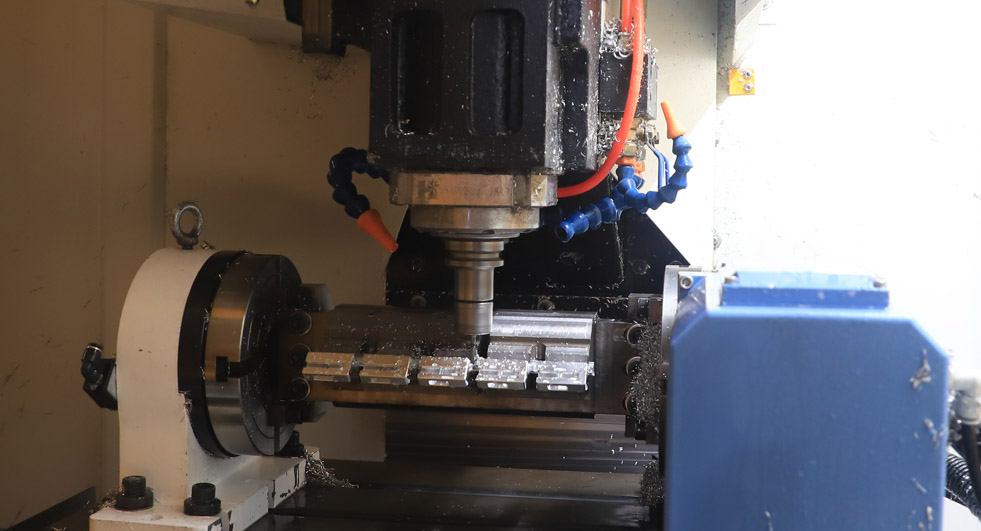In CNC machining programming, the correct use of methods and skills is of great significance in order to ensure and improve the accuracy of the processed parts. So what determines the accuracy of CNC machining of metal parts?
The accuracy of CNC machining of metal parts is determined by the position detection element. The position detection element is composed of a detection element (sensor) and a signal processing device. It is an important part of the closed-loop servo system of CNC machine tools. Its function is to detect the actual value of the position and speed of the worktable, and send the feedback signal to the numerical control device or servo device to form a closed-loop control. The detection element generally uses the principle of light or magnetism to complete the position or speed detection.

The position detection element is divided into direct measurement element and indirect measurement element according to the detection method. Linear detection elements are generally used when measuring the linear motion of a machine tool, which is called direct measurement, and the position closed-loop control formed is called full-closed loop control. The measurement accuracy of CNC machined metal parts mainly depends on the accuracy of the measuring element, and is not affected by the accuracy of the machine tool transmission.
The linear displacement of the CNC machining table has a precise proportional relationship with the rotation angle of the drive motor. Therefore, the method of driving the detection motor or the rotation angle of the lead screw can be used to indirectly measure the moving distance of the table. This method is called indirect measurement. Position closed-loop control is called semi-closed-loop control.
The measurement accuracy of CNC machined metal parts depends on the accuracy of the detection components and the machine tool feed transmission chain. The machining accuracy of closed-loop CNC machine tools largely depends on the accuracy of the position detection device. CNC machine tools have very strict requirements for position detection components, and their resolution is usually between 0.001 and 0.01 mm or lower.
Compared with the numerical control device, the detection element has a higher probability of failure, and there are often phenomena such as cable damage, element contamination, and collision deformation. If it is suspected to be the fault of the detection element, first check whether there is cable disconnection, fouling, deformation, etc., and the quality of the detection element can also be judged by measuring the output. This requires skilled work on the principle and output signal of the detection element. Give an example to illustrate, for example, if the detection device fails, what should I do if the machine oscillates (during acceleration and deceleration)?
1. The pulse encoder is faulty. At this time, check whether the terminal voltage of the feedback line on the speed unit drops to a certain point. If there is a drop, the pulse encoder is faulty and the encoder should be replaced.
2. The pulse encoder cross coupling may be damaged, causing the shaft speed to be out of sync with the detection speed. The coupling should be replaced.
If you want to know more about CNC machining of metal parts, you can click to view this page:https://www.machining-custom.com/